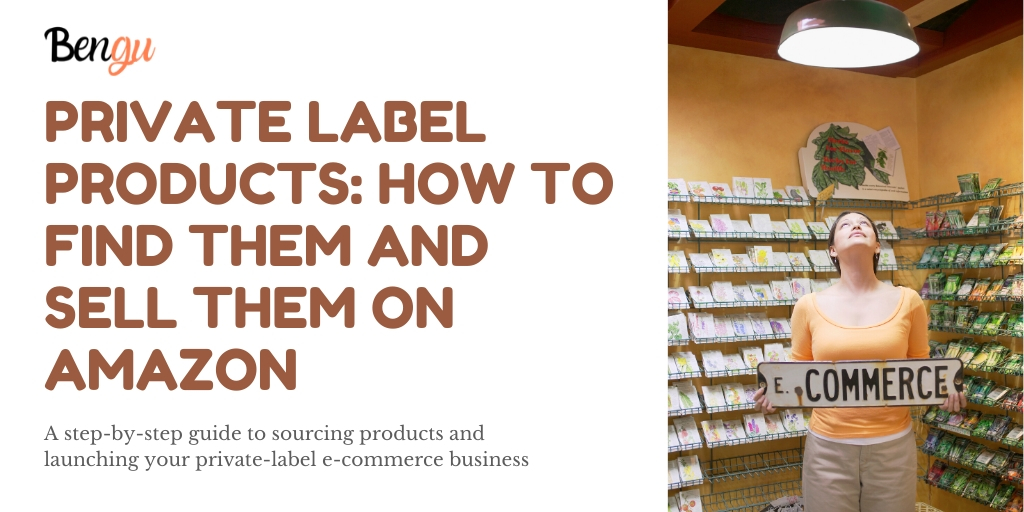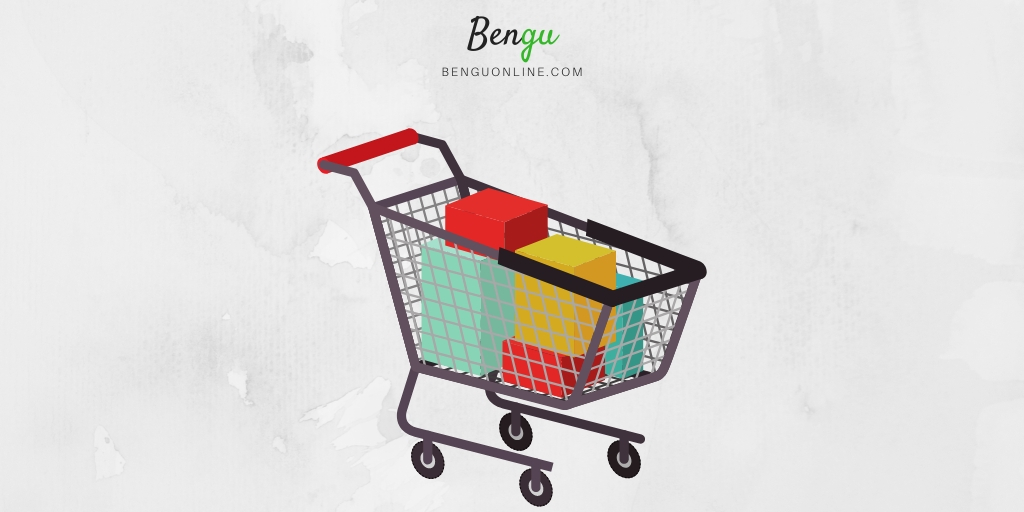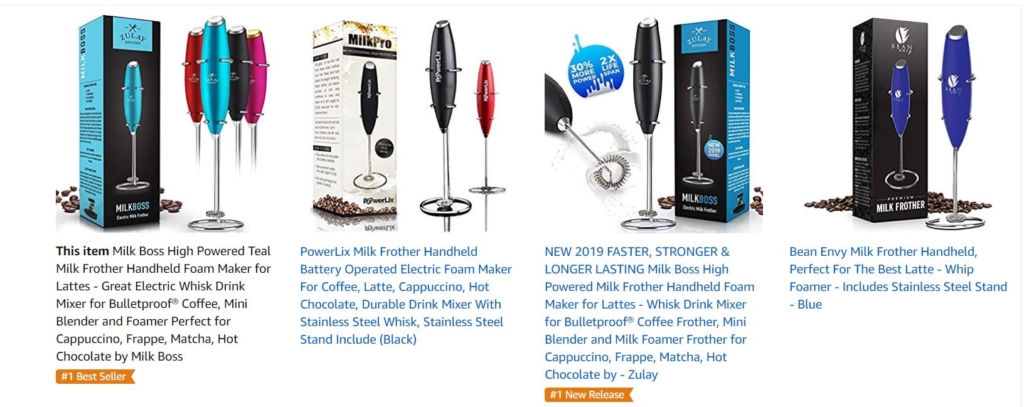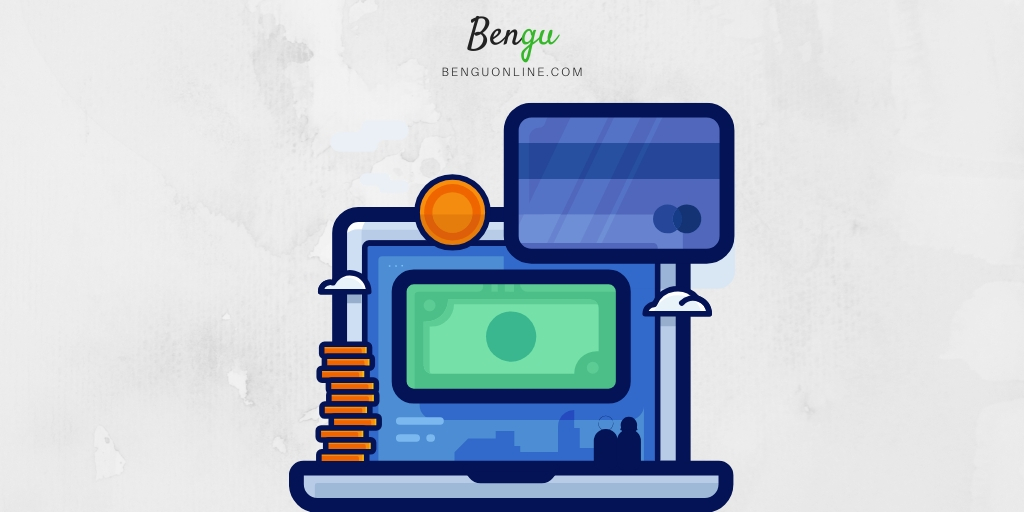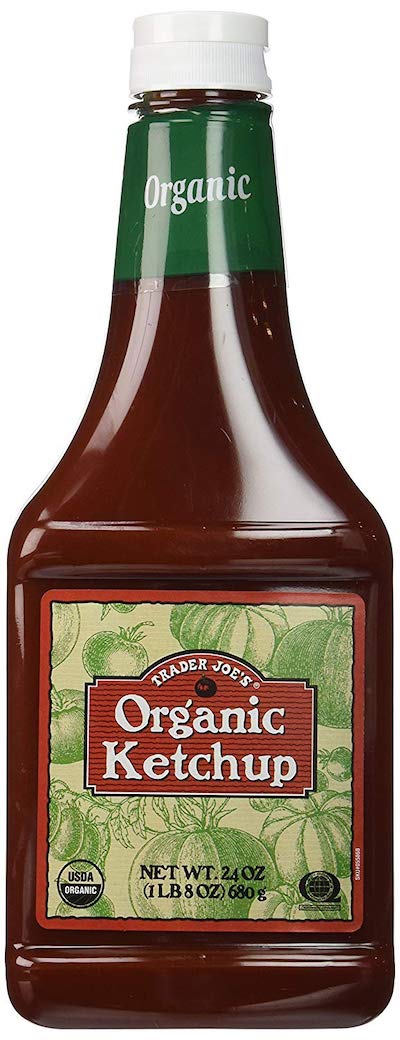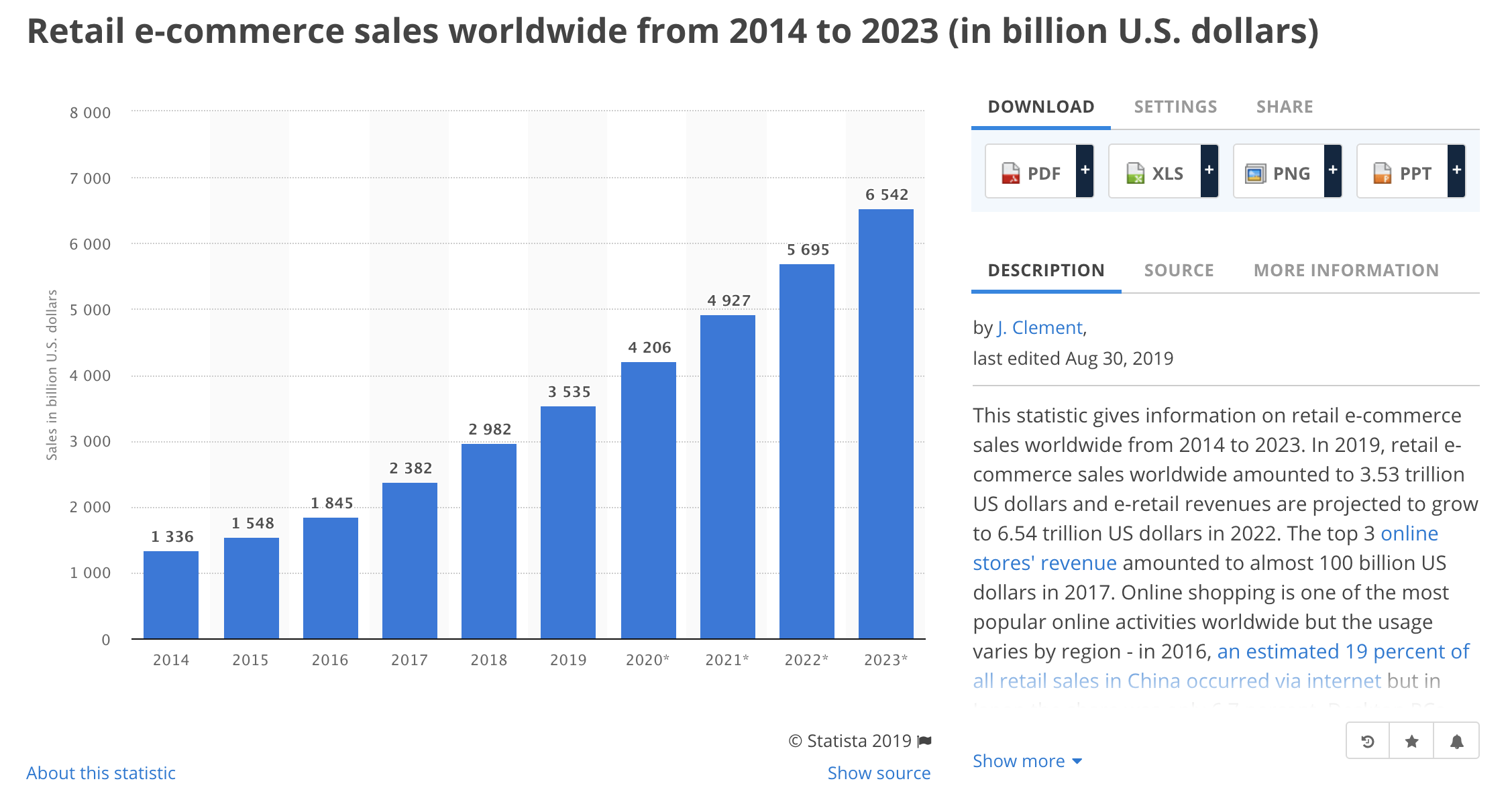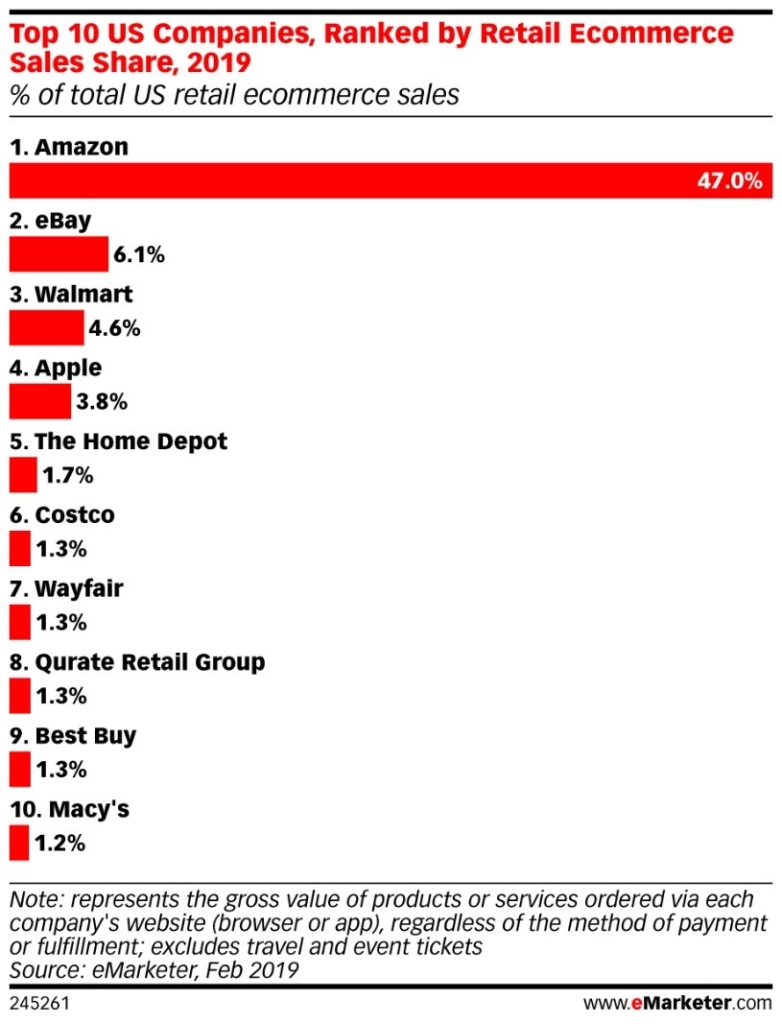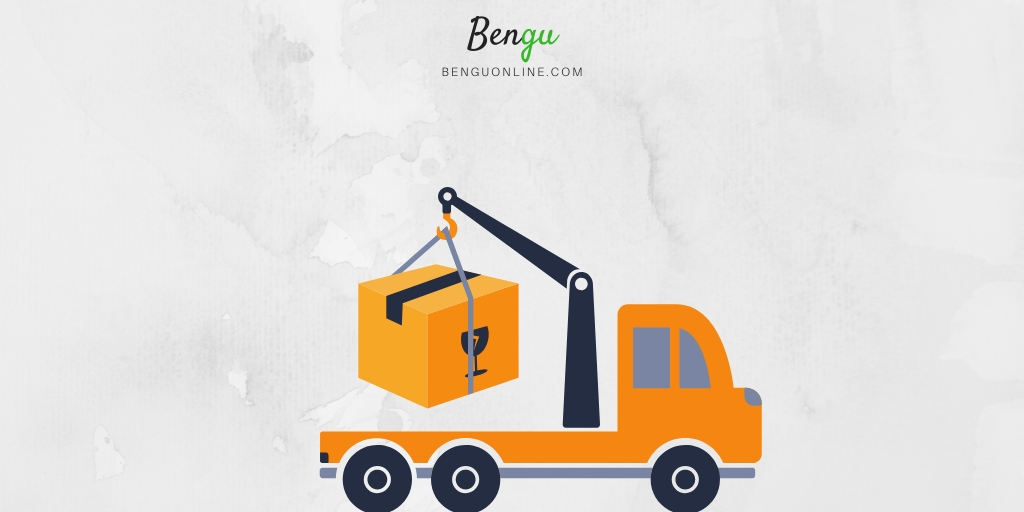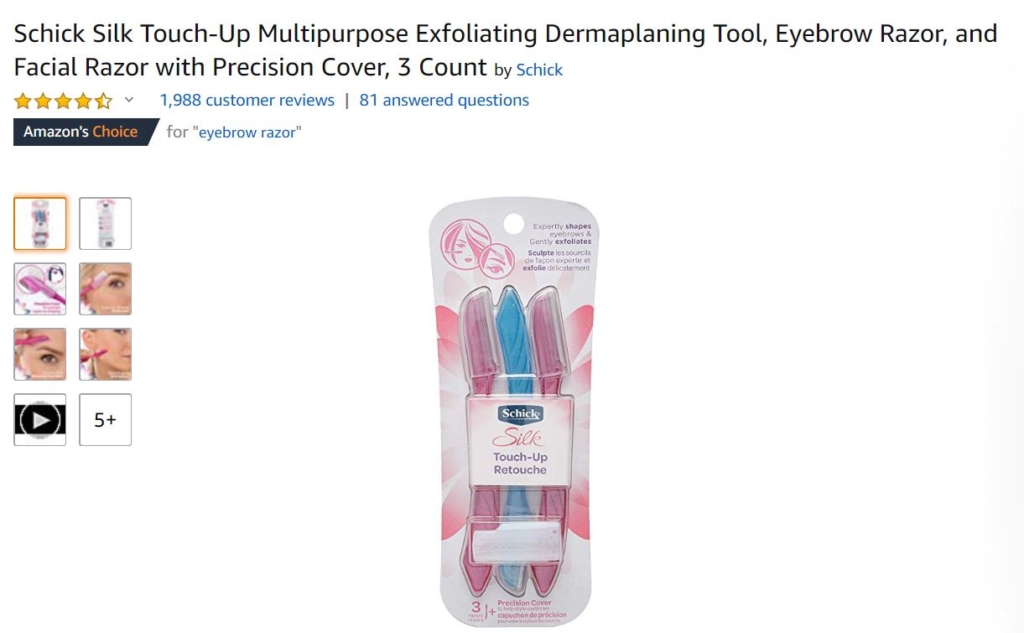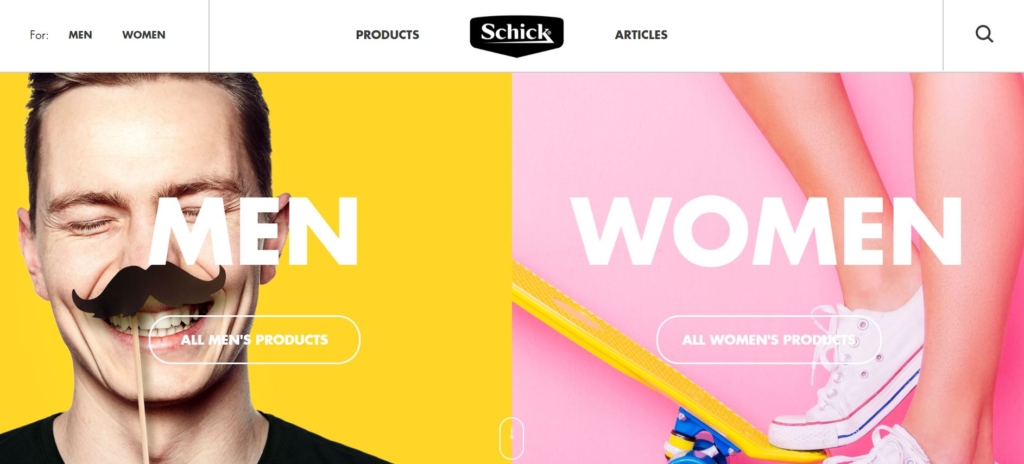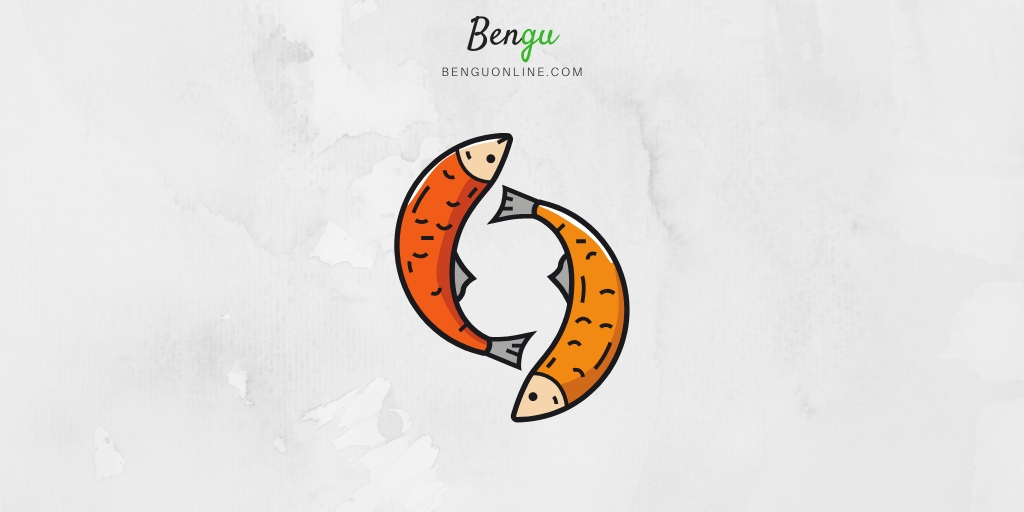Admit it.
You’ve thought about setting up an eCommerce business. Why not? Everyone else is doing it.
You keep hearing about private label products and the success people have with them on Amazon.
But you’ve also heard about the failures, and that scares you.
What does it cost to set up? How do you find the right products? How do you build a profitable brand?
You start right here.
We’re going to take you through 5 home truths on starting a private label eCommerce business. Why you should adopt a 2-pronged approach to growing your brand. And we’ve added in lots of bonus resources to help you along the way.
But before we deliver all that, let’s answer the most common questions people ask about private label products:
What are private label products?
Private label products are made by one company (a third-party manufacturer) and sold by another under the seller’s brand name.
As the seller, you discuss with the manufacturer how you want the product to be made so it’s exclusively yours – the colour, maybe a few design tweaks, the way it’s packaged, the labelling and so on.
The manufacturer will make it, package it and deliver it to your store or an Amazon warehouse.
What is a private label brand example?
You probably buy private label brands every day without thinking about them.
All major supermarket chains have their own private label products (often known as in-store or house brands).
Think Sainsbury’s Basics in the UK or Kroger’s Private Selection in the States.
Then there’s Amazon private label.
In fact, Amazon has over 80 of its own private label brands including AmazonBasics, Amazon Elements and AmazonFresh.
Zara and H&M are two brands in the fashion industry that use the private label business model to bring the latest trends to their retail stores way ahead of their competition.
All these sellers have exclusive agreements with manufacturers who make and brand food, garments and other products to their specifications.
But you don’t have to be a multi-million-dollar international brand to reap the rewards of selling private label products…
Especially with tools like Fulfilment by Amazon (FBA) at your fingertips.
Check out these 4 examples of private label milk frothers from 3 different sellers on Amazon — all manufactured and packaged to the sellers’ specifications:
We’ll get back to selling on Amazon in a moment.
How do private label products work?
Think about the last time you bought tomato ketchup at Publix or Trader Joe’s:
Did you buy a well-known brand like Heinz, or pay a little less for Trader’s own house-brand ketchup?
Heinz employs an army of chefs, nutritionists and pot-stirrers who create, manufacture, bottle and distribute its own ketchup.
Nobody else has access to Heinz’s secret recipe.
By contrast, a retailer like Trader Joe’s deals with an independent manufacturer who packages ketchup made for the store in a Trader Joe-branded bottle:
The manufacturer is happy for their product to be sold under Trader Joe’s private label because it knows they can reach a much broader audience, saving them money on distribution and marketing.
Meanwhile, Trader Joe’s can market its own ketchup at a lower cost than Heinz, making it more competitive with the premium brand products.
That’s how private labelling works!
Why is private label the best choice for building an eCommerce business?
The eCommerce industry is growing every year:
Compared to traditional retail, it’s low cost, low risk and can be extremely rewarding.
Within the world of eCommerce, there are various business models, with private label and drop shipping being the two most common.
Out of the two, private-label is more suited to building a long-term, sustainable business.
Here’s why:
Drop shipping allows anyone to start an eCommerce store without having to manufacture, pre-order, warehouse or ship any products.
Sounds great, right?
As a business model, it’s hard to fault. But there are also some grim realities all budding drop shippers need to know before getting started.
Unlike private labelling, drop shipping has a number of prohibitive downsides:
Private labelling, on the other hand, allows you to build a more viable and profitable business selling exclusive products under your own brand that you would otherwise have no way of manufacturing (without investing millions building your own supply chain).
The critical distinction?
You have control over the quantity, quality, delivery and pricing of your products. And you can provide your customers with a better alternative to other generic items.
The 5 Truths about creating a successful private label business on Amazon
You didn’t think this was going to be a get-rich-quick scheme, did you?
You’ll find no shortcuts or magic wands here! But there are plenty of sellers on Amazon enjoying multiple six and even seven-figure turnover every year. And they all started in the same place as you…
Right here.
So, let’s explore the 5 truths to creating your new private label business on Amazon…
Truth #1: Be prepared to invest a couple of grand, minimum
Sourcing your product is going to be your biggest up-front cost.
Sites like Alibaba make it dead easy to find affordable manufacturers, but even they will charge you for samples and your first inventory.
Most products on Amazon retail for around $20-$40 and cost about a quarter of that to make ($5-$10). So if your minimum order is 300 items — you’re looking at anywhere from $1,500 to $3,000 to manufacture, package and deliver to Amazon’s FBA warehouse.
Other costs can include:
All in, you’re looking at costs ranging from about $2,200 to $3,700 to set up and order your first inventory. Plus, advertising costs and other fees that can – and will – pop up unexpectedly.
It’s a significant investment.
Truth #2: Don’t give up your day job yet – it’s going to take time to grow your brand
Products sell, but what people buy is the promise and experience of your brand. And creating a viable brand takes time.
I wrote a recent post about drop shipping with a detailed section on building your eCommerce brand, most of which is relevant to a private label business on Amazon.
In summary:
Your brand will be built off the back of your customers’ experience with your business. This means you must consider everything your customers encounter — from the type of ads you run to the layout of your site and quality + packaging of your products.
Some key brand-building touchpoints include:
The strength and authenticity of your brand will determine the success of your private label business.
If customers don’t enjoy their purchasing experience, or you mishandle a complaint, at best they won’t return. At worst, they’ll share their bad experience in a scathing online review.
But if you can turn your brand into a customer loyalty machine, you’ll reap the rewards in repeat business and increased profits.
Further Resources:
- Creating a Brand on Amazon — Some great advice on branding for private label businesses on Amazon.
- Build Your Own Brand on Amazon — Here’s one from the Amazon Services site.
Truth #3: You’ll need to do a truckload of research to find the right private label product to sell
Finding private label products to sell on Amazon is a breeze. Simply browse to Alibaba and marvel at the massive catalogue of goods at your disposal.
However — finding products that are in high demand and will sell at a profit is a whole different ball game.
That’s where the truckload of research comes in.
Some key things to consider for your product research include:
Truth #4: Finding the right manufacturer for your private label product is crucial
Now you’ve done your research, it’s time to find a reputable and reliable manufacturer to make your first private label product.
This is where resources like Alibaba, AliExpress and ChinaVision come into their own.
You can browse through the listings to find suppliers of similar items to the ideas you’ve come up with.
Next, send a message to the supplier (contact a handful to give yourself some options and comparisons) asking for more information about their minimum order, payment terms, options for tailoring the product to your specifications, branding and packaging, shipping and so on.
Once you’re happy with the above for a chosen supplier, ask them to create and send you a product sample (you may have to pay for this).
Check for quality and presentation of packaging + product and delivery time.
Here’s a checklist of things to watch out for:
- Speed of response — How fast did they respond to your request? Was it a professional response? Were they helpful?
- Track record — Do they have a track record in your niche? If sourcing pet supplies, you probably don’t want a manufacturer specialising in electronics.
- Pricing and negotiations — How competitive is their pricing compared to other manufacturers? Are they willing to negotiate? Are there any hidden fees? (don’t forget to include all your costs and calculate your profit before you commit to anything).
- Level of experience — How experienced are they? How many transactions have they made?
In other words, don’t just look for the manufacturer who’s going to give you the cheapest price. You need to build a long-term partnership with your manufacturer based on trust and reliability.
So don’t be afraid to ask plenty of questions. Also, don’t accept everything on face value and always test their service before placing your first order.
Further Resources:
- Beginner’s Guide to Finding Private Label Manufacturers. This covers a lot of ground.
Truth #5: You need to be a Jack-of-all-trades
Product research and finding the right product is one of the toughest challenges when it comes to building your e-commerce business.
Here are the others in order of difficulty:
- Getting product reviews
- Finding top-quality manufacturers
- Listing optimisation
- Amazon pay-per-click advertising
- Accounting and financials
- Inventory management
Running a successful eCommerce business is no different from running any business as a sole trader. You need to master a handful of skills to launch, grow and build a profitable company.
Some of these skills include:
Knowing how to perform product research, market effectively, build customer relations, manage cash flow, knowing what tasks to outsource and what to do yourself, as well as mastering the basics of building and maintaining a website.
In addition, you will need to be self-motivated, focused, and disciplined. Growth means moving out of your comfort zone, trialling new ideas and products, and taking calculated risks.
Further resources:
- 10 Skills You Need to be a Successful Amazon FBA Seller. Here’s a summary of the skills you’re going to need.
Related Content: Looking to start your very own e-commerce business? Check out the in-depth review for one of the top courses in the industry — Amazing Selling Machine
The two-pronged approach to building a successful eCommerce brand
Did you know 52% of consumers typically start an online product search on Amazon instead of Google or the other search engines?
Crazy, right?!
In the US, Amazon is so dominant in online sales, it’s outstripping its nearest competitor (eBay) by 675%! And it commands around 5% of all retail sales around the country:
What does that tell you?
Amazon is a customer magnet. They’ve spent decades building a powerful brand that’s now globally recognised and trusted by consumers.
So that’s where you should launch your new eCommerce business – using the Fulfilment by Amazon service (FBA).
With that being said, once you’ve established yourself on Amazon, you should also create a standalone online store. This way, you can build an audience on a platform you control as well as take advantage of the selling opportunities provided by Amazon FBA.
This proven two-pronged approach is how you diversify and protect your business from platform changes as well as increase your revenue streams.
Why Amazon FBA kicks ass
What is Amazon FBA?
In a nutshell, you get your manufacturer to send your private label products to Amazon’s fulfilment centre. Amazon then handles everything else. They pick, pack, ship and provide customer service for your products.
It gets better:
With FBA, Amazon PRIME members can order your products with free 2-day (or next-day in the UK) shipping. More than 100 million customers have an Amazon Prime account and they’re responsible for around 50% of all sales on Amazon.
What’s more, the average conversion rate for most eCommerce businesses is around 2% (that’s the percentage of visitors to an eCommerce store who then make a purchase).
By contrast, the average conversion rate on Amazon is around 13%. And a mind-blowing 74% for PRIME members!
It’s hard to argue with those figures.
Some other reasons people choose to use FBA include:
Why you should also build your own eCommerce store
Starting your private label product business using Amazon FBA is a no-brainer. But as your business grows you should also build your own standalone eCommerce store.
Here’s why:
Customer Data
Amazon doesn’t give you access to your customers’ email addresses. You have to contact them via the platform.
In fact, you don’t have access to any customer data — Amazon retains all of it.
If you want to grow your business, this information is essential to your success.
On your website, you own the customer data and email lists that you build. Which means you can nurture ongoing relationships with customers that result in repeat business and brand loyalty.
Customer Research
If a customer finds you on Amazon, they are likely to do a little digging before ordering your product, especially if it has a higher price tag.
They may Google you, check out your website and social media accounts. They want to know if you’re a credible and professional operation. If you don’t exist outside Amazon, it may set off warning bells.
Lack of Individuality
While Amazon makes it easy to set up your listing and fulfil your orders, you have little flexibility to stamp your mark in terms of styling, design and layout.
So, while it may take more time to customise your own site, it gives you much more freedom to reflect your brand and unique style.
Take this example of an Amazon product listing, and then the official website for Schick:
Compared with their eCommerce site:
See the difference in branding and character?
Scalability
Amazon is ideal for smaller businesses wanting to launch into the private label industry, but as your business grows you will find Amazon’s fees and commissions becoming a barrier to scaling up.
With your own website and access to your customer email list, you can increase your customer lifetime value through repeat orders, without paying a commission on every sale.
Traffic
Sure, you can run ad campaigns and drive traffic to your Amazon listing…
But they are only good for one sale. You have no way of following your customers up and encouraging repeat business.
When you drive traffic to your own website you not only get to keep ALL the profits from your sales, but you get to keep your customers’ details as well.
You’ll get to know their preferences and shopping behaviours, how much they spend and how to contact them. You can alert them to new product lines, promotions or special offers, ask for their feedback and reviews and make repeat sales.
Q&As
- Are private label and white label the same thing?
- What’s the difference between private label and brand name products?
- Is private label the same as drop shipping?
Are private label and white label the same thing?
White label often gets confused with private label because they’re similar.
White label products are made by one company and sold by another under the seller’s brand name. So far, the same as private labelling.
But white label products are NOT made to the seller’s specifications. They are generic products the manufacturer supplies to multiple retailers or distributors with the seller’s logo on the packaging.
For example, did you know Dollar Shave Club didn’t create its own products when it started?
They were made by a Korean manufacturer called Dorco, which also supplies products to several other retailers, and sells them on Amazon under its own brand.
Instead, Dollar Shave Club focused on its innovative marketing approach, its distribution model and its customer experience, as this original launch commercial brilliantly demonstrates:
White labelling is cheaper than private labelling because you’re not making any changes to the product or the basic packaging – just the logo. But there’s also more competition which drives prices (and profit) down.
What’s the difference between private label and brand name products?
Coca-cola, Disney, Johnson & Johnson, Apple.
These are all famous brand names that design, create, market and sell their own exclusive range of products. Sometimes they are wholesalers (Coca-Cola and J&J) and sometimes they are wholesalers as well as retailers (Disney, Apple).
The thing that sets these brand name products apart from any other smartphone or soft drink is the brand promise and values the consumer buys into. It’s the brand’s attributes, personality and the way they treat their customers that drive demand for the products.
When you start selling your own private label products on Amazon, you can (and should) aim to create your own brand.
You may not build a sprawling global empire like Apple off the back of your brand, but it will certainly set you apart from the competition and give you more control over product pricing and profit.
Is private label the same as drop shipping?
No. They are two very different business models.
Drop shipping is an online eCommerce store selling unbranded products which are then shipped to customers. But with drop shipping, you – the seller – never handle the products you sell. You market them and pass the order on to your dropship supplier. They bill you the agreed price and ship the item directly to the customer.
You can read more about starting a drop shipping business here.
Starting your own private label e-Commerce business doesn’t have to be a dream
I hope we’ve given you lots of inspiration to start your own private label business. No-one said it was going to be easy, but it can be done, and the rewards can be totally life-changing!
You can be your own boss and set your own hours. You have the freedom to work from anywhere.
And it’s possible to make a six-figure income within a few months using a combination of Amazon FBA and your own eCommerce site.
Just remember the 5 truths:
- You need to invest money to make money
- It’s going to take time to build a brand
- You have to do a mountain of research to find the right products
- Finding the right manufacturer is crucial
- You need to master several skills in order to succeed
So, when will your new private label eCommerce journey begin?
Let me know in the comments!

Mel Wicks is a certified content marketer and seasoned copywriter who helps business owners and entrepreneurs bring the ‘wow-where-do-I-sign-up’ oomph to their writing. Give your original content a shot in the arm with her free ‘No-Fluff Guide to Writing Epic Blog Posts Every Time’
